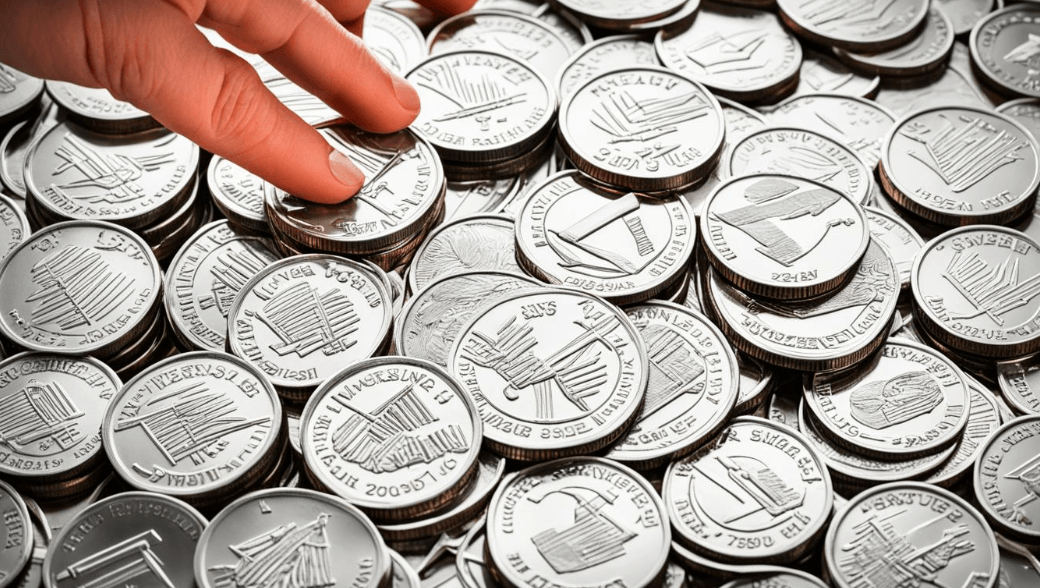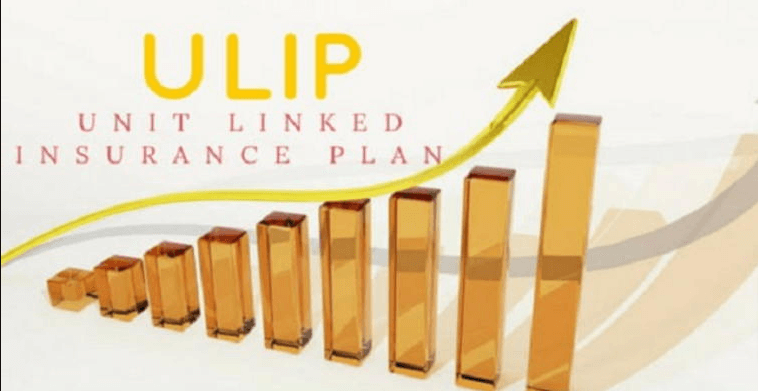In the realm of precious metals, silver bullion stands as a dynamic and versatile asset, offering a unique blend of historical significance, industrial applications, and investment allure. As investors explore the landscape of silver bullion, a comprehensive guide becomes essential to understand its multifaceted nature and make informed decisions. In this exploration, we embark on a journey through the silver bullion landscape, unraveling its historical roots, industrial relevance, investment dynamics, and factors influencing its market behavior.
Historical Significance:
Silver’s historical journey is intertwined with human civilization. From ancient coinage to intricate silverware, this precious metal has served various roles throughout the ages. Its role in currency systems and trade routes has left an indelible mark on history. Investors keen on silver bullion often appreciate its tangible link to the past, viewing it not just as an investment but as a vessel of historical resonance.
Industrial Applications:
Unlike its counterpart, gold, silver boasts an extensive array of industrial applications. Its exceptional conductivity, reflectivity, and antibacterial properties make it indispensable in modern industries. From electronics and photography to medical devices and green technologies, silver plays a crucial role in advancing technological frontiers. This dual identity as a precious and industrial metal adds layers to its demand dynamics.
Investment Allure:
Silver bullion’s investment allure lies in its accessibility, affordability, and potential for price appreciation. With a lower price point compared to gold, silver offers a more approachable entry into the world of precious metals. This affordability, coupled with its dual role in industry and investment, attracts a diverse range of investors – from those seeking a hedge against economic uncertainties to those captivated by its industrial relevance.
Market Dynamics:
Understanding the market dynamics of silver bullion requires a grasp of various factors influencing its price. Economic indicators, industrial demand, and global trends all play a role in shaping the silver market. Silver’s sensitivity to economic conditions often leads to more significant price fluctuations compared to gold. Investors navigating the silver bullion landscape should stay informed about these dynamic factors to make informed decisions.
Diversification Benefits:
Silver bullion offers diversification benefits to investment portfolios. Its performance is not solely tied to traditional financial markets, making it a valuable asset for risk management. Including silver alongside other investments can contribute to a well-balanced and resilient portfolio. Investors looking to diversify beyond traditional assets often find silver bullion an attractive option.
Green Metal in a Sustainable Future:
Silver’s relevance extends to the sustainability narrative. Its role in solar panels, electric vehicles, and antimicrobial applications positions it as a green metal contributing to a sustainable future. As the world embraces environmentally conscious technologies, the demand for silver is anticipated to grow, making it an intriguing choice for investors aligning their portfolios with sustainability goals.
In conclusion, navigating the silver bullion landscape requires a holistic understanding of its historical, industrial, and investment facets. From its role in ancient civilizations to its indispensable presence in modern technologies, silver bullion weaves a rich tapestry. Investors, whether drawn by its historical resonance, industrial significance, or investment potential, find in silver a multifaceted asset that continues to shine in the ever-evolving landscape of precious metals. As the journey through the silver bullion landscape unfolds, it becomes clear that this dynamic metal offers more than meets the eye, making it a compelling and versatile addition to investment portfolios.




